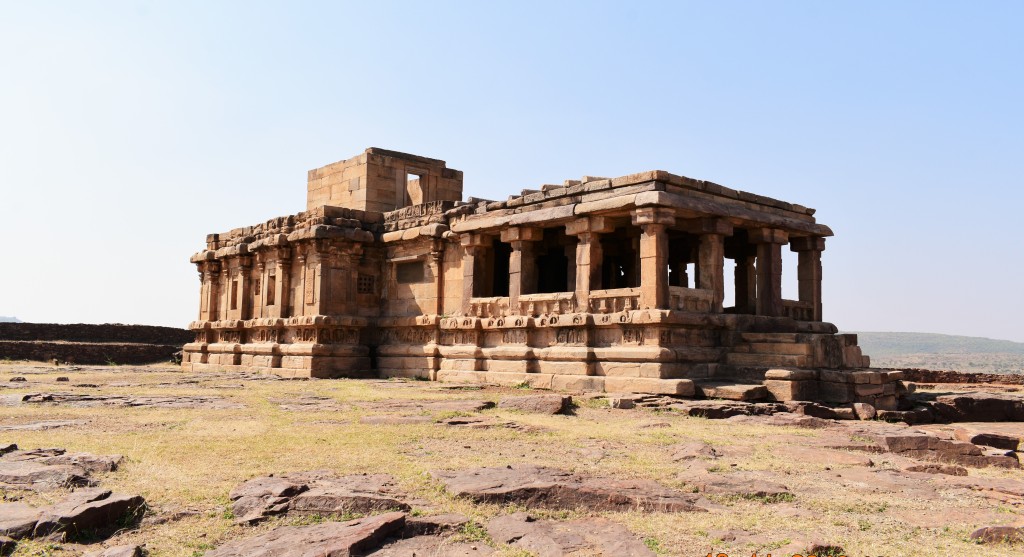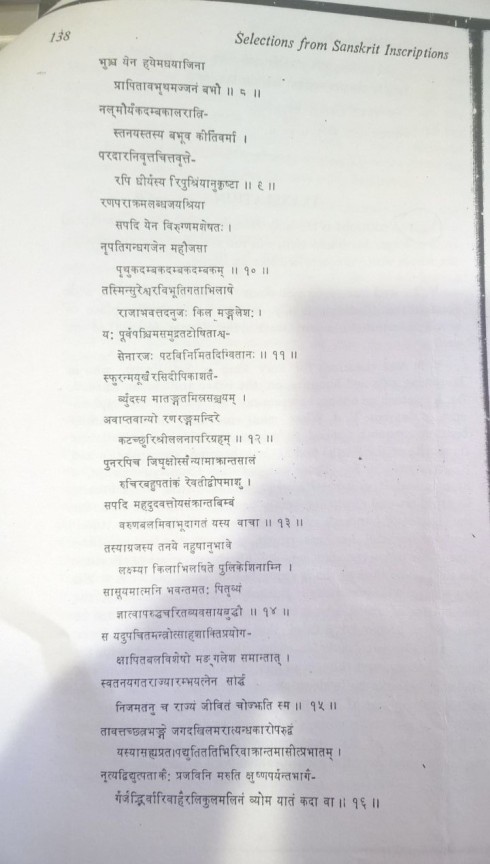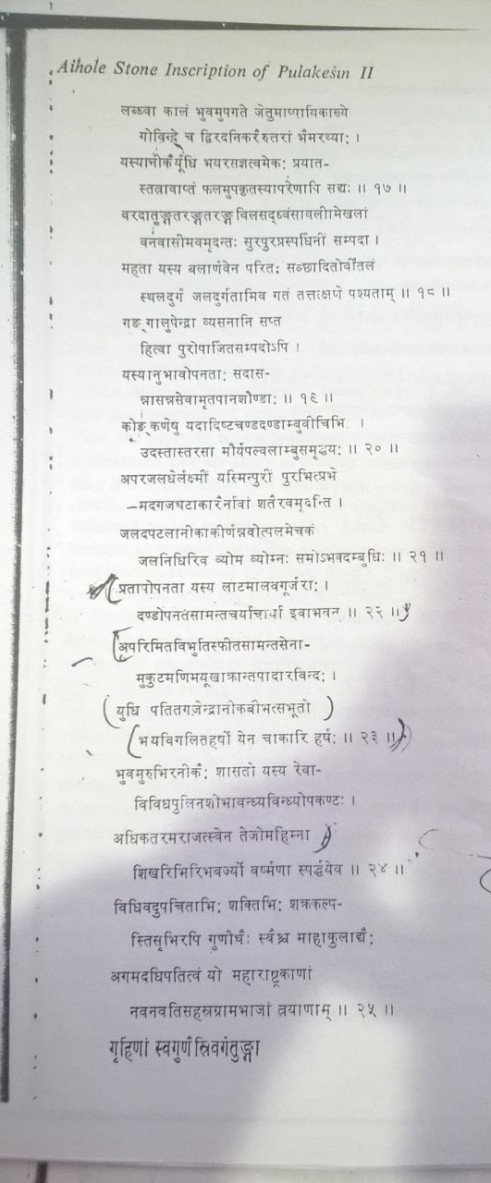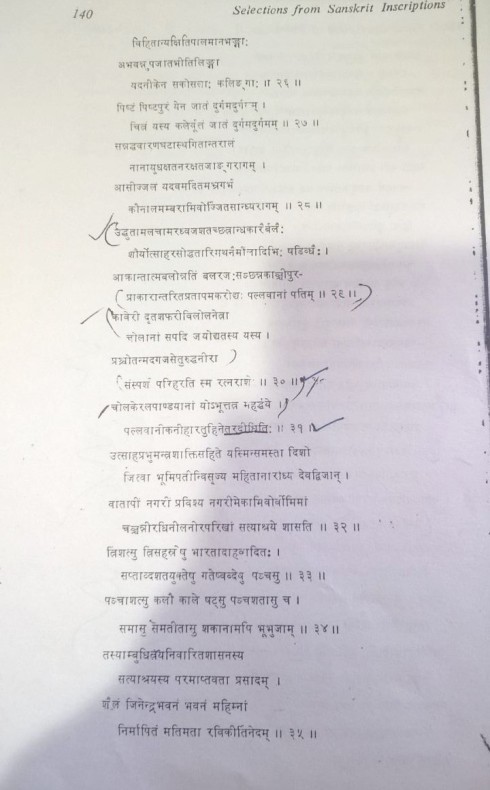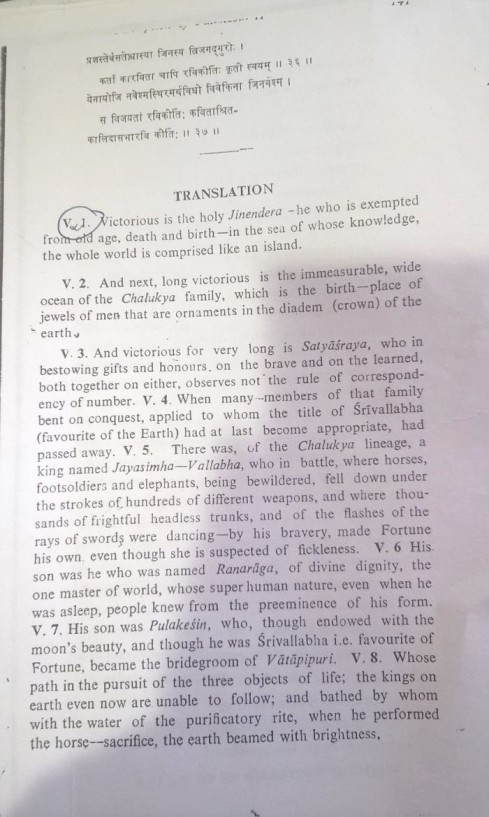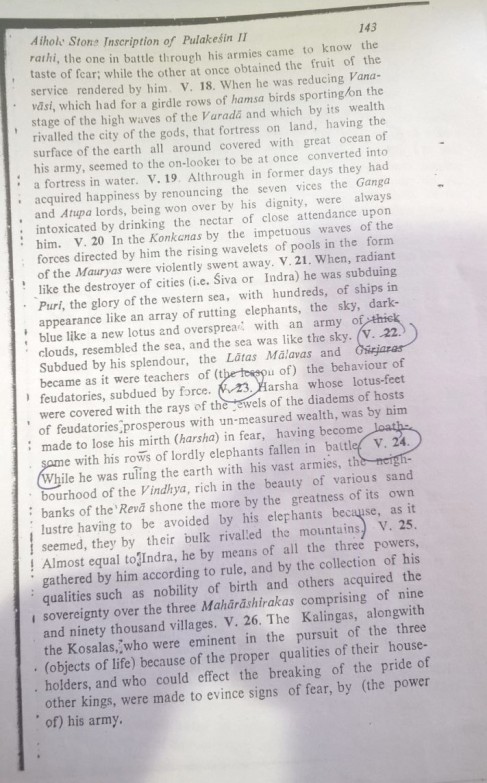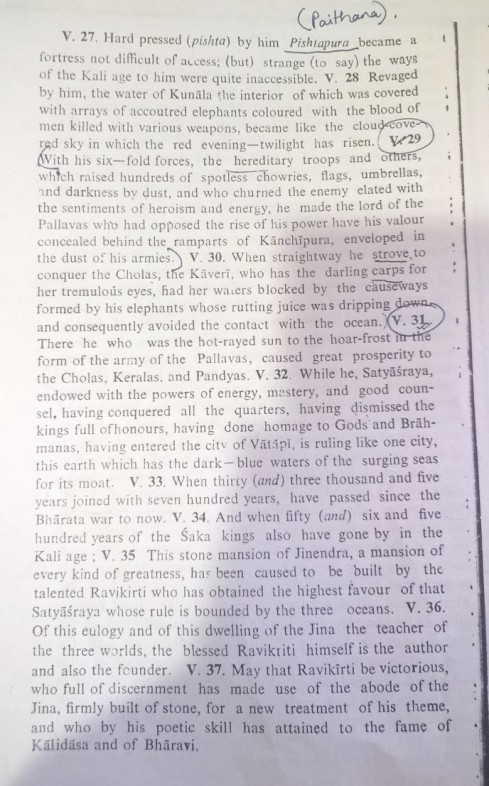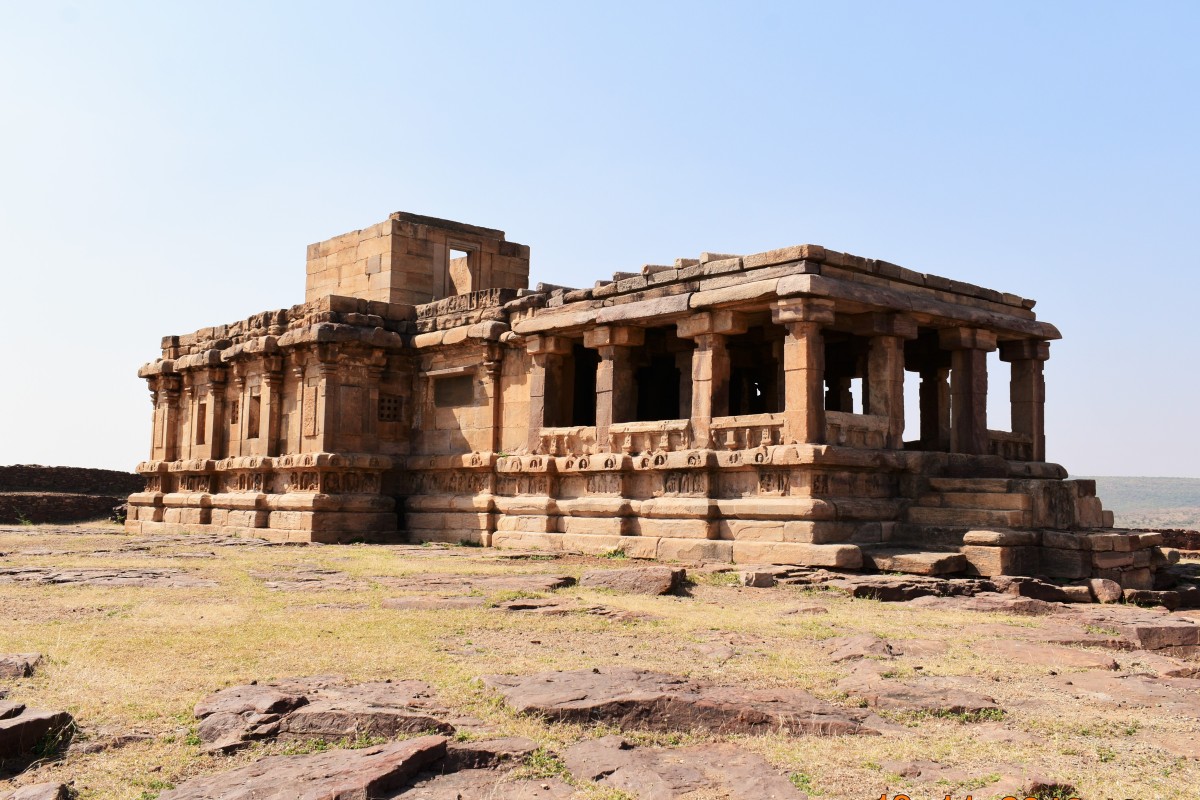This slideshow requires JavaScript.
Aihoḷe (16°1′08″N, 75°52′55″E) is a quaint little village having a historic temple complex in the Bagalkot district of Karnataka, India. It is located 510 km from Bengaluru city. It is primarily known for Chalukyan architecture, with about 125 stone temples dating from 5th century A.D., and is a popular tourist spot in north Karnataka. It lies to the east of Pattadakal, along the Malaprabha River, while Badami is to the west of both. With its collection of architectural structures, Aihoḷe temple complex is on the pending list of UNESCO World heritage sites.
Located near to the right bank of the Malaprabha river, about 35 kilometres from Badami via Pattadakal / Pattadakallu, this sleepy town preserves a large number of Buddhist, Jain and Hindu temples. All the rock – cut caves and temples are carved into or built out of golden yellow sandstone.
These religious structures are most likely assigned to two distinct eras – namely Early Chalukyas and Rashtrakutas extending from late 6th to 8th century A.D. and that of the Late Chalukyas from 11th – 12th century A.D.
Aihoḷe was earlier known as Ayyavoḷe and Aryapura in its inscriptions. It was established in 450 A.D. as first capital of Chalukya kings and has about 125 stone temples, some which were constructed as experimental structures by artisans of Chalukyan period. A place known by as Morera Angadigalu near the Meguti hillocks has a large number of cysts of pre-historic period. The place was an agraharam. Aihoḷe has been described as a cradle of temple architecture. Some brick structures of pre-Chalukyan times have also been excavated in this village. Aihole has historical significance and is called the ‘cradle of Hindu rock architecture’ (cradle of Indian architecture).
Pulakeshin I, one of the greatest rulers of this dynasty, moved the capital to Badami nearby. Badami was then known as Vatapi. It is from these temples that the Chalukyas gained their experience and went on to build the great temples of Pattadakal. The first phase of temple building in Aihole dates back to the fifth–sixth century, the second phase up to the 12th century A.D.
Fortifications contain Aihole in an approximate circle, about 500 metres north to south and somewhat less from east to west. The fortifications employ huge sandstone blocks with tapering profiles, reinforced at regular intervals by sloping square bastions. Some wall blocks are inscribed with letters of the 11th – 12th century A.D. suggesting that the fortification should be attributed to the Late Chalukyan period. It was during this period that a federation of wealthy merchants based in Aihole, known as ‘Ayyavole 500’, became celebrated throughout much of the Deccan and Southern India.
Important temples at Aihole
- Durga temple complex
- Lad Khan Temple
- Ambigera Gudi complex
- Mallikarjuna temple complex
- Chikki temple
- Rachi temple
- Eniyar temples complex
- Hucchimalli temple complex
- Ravanaphadi rock-cut temple
- Jain temple, Meguti temple
- Hucchappayya Math Complex
- Kunti temples complex
- Jain temple, Charantimath complex
- Tryambakesvara group
- Gauri temple
- Jaina temples in the village
- Rock-cut Jain Basadi
- Ramlingesvara Temple Complex
- Galaganatha Temple Complex
The first thing that attracts the visitor in Aihole is the well-maintained main enclosure of temples in the centre of the village. Taking a tour of the large Lad Khan Temple and well-known Durgi Gudi that has parallels with the Parliament building in its façade.
Getting there
Aihole is an hour’s drive from Badami, the nearest town. You can also reach Badami via Hubli, which is 130 km away. Take a local bus or hire a private vehicle to get from Badami to Aihole. Local KSRT buses ply frequently between Badami and Aihole via Pattadakallu. A bus going towards Amingad will take you to Aihole in about an hour. You can also stop at the UNESCO world heritage site of Pattadakal on the way. Another option in case you are halting at Bagalkot is to take the one and only early morning bus no. 632, which departs at 8:00 am. While returning you can get a direct bus to Badami from Aihole itself, but otherwise you will have to manage to go to Amingad, from where you can catch frequent buses going towards Bagalkot. The last bus going to Amingad is at 7:30 p.m. In case you miss your bus you can take a share auto (15/- per head) to Amingad (9 km away).
- MEGUTI HILL
Meguti hill is situated south-east of the town, from where fine aerial view can be seen of the whole Malaprabha valley as far as Pattadakallu. An early morning climb to the top of the hill is recommended for serious tourists. The flight of steps that ascends the hill is accessed from a lane running besides the Mallikarjuna complex of temples, besides the main road, passing through a cattle compound dotted with carts and small houses. Just below the crest of the hill is two – storeyed Buddhist temple. In front of it is placed a headless statue of Buddha. The temple presents two superimposed colonnades, each of which gives access to a small chamber cut into the cliff face. The doorway to the inner chamber, now empty, has delicately worked foliage ornament which suggests and early date, perhaps towards the end of 6th century A.D. A relief carving of Buddha seated beneath a parasol is seen on the ceiling.
Only a few more steps are required to reach the summit of the Meguti hill. Here, stands the Jain temple, facing north towards the town. This temple is important both historically and architecturally. Set into its wall is a grey stone slab with an inscription. Dated to 634 A.D. this consists of a poem in Sanskrit composed by Ravikirti, the court author of Pulakesin II. This composition gives an account of the Chalukya family and the exploits of his royal patron. The temple consists of an open porch adjoining a closed mandapa and a sanctuary surrounded by a passageway. The outer walls are raised on basement mouldings that rhythmically project and recess in accordance with the pilastered walls above. Empty niches as well as uncut, raised blocks indicate that the sculptural portions of the temple were never completed. While the kapota-eave and the portions of the parapet with model roof forms can still be seen, the original tower is lost (the small rooftop chamber is a later replacement).
The Jain affiliation of the Meguti temple is evident from the image placed within the sanctuary. Now defaced, the naked meditating figure of a tirthankara is depicted seated on a throne with lions at the base and makara heads at the sides. The remarkable icon of the Jain goddess Ambika, seated beneath a flowering tree, that was once placed within the vestibule in front is now displayed in the Archaeological museum in the town.
The Meguti temple stands in the centre of a spacious enclosure, defined by rubble walls that run up the sides of the hill with a prominent circular bastion at the south-west corner. The occasional reused Jain memorial stone from the 10th – 11th centuries set into the walls indicate that the hill continued to be sacred to the followers of this religion in the Late Chalukyan times. On the boulder strewn top of the hill beyond the walls can be seen a number of Dolmens, many now collapsed. Those that survive in a comparatively complete condition consist of four upright stone slabs creating a quadrangular chamber, topped by a larger unshaped horizontal slab. The Dolmens are east facing and they date back to the 2nd – 1st millennia B.C.
The last feature to be noticed on this hill is the Jain-Cave Temple cut into the southern flank of the Meguti hill. It too, may be considered one of the earlier monuments of Aihole, having been excavated towards the end of the 6th or early 7th century A.D. The cave temple is most conveniently reached by a side road, about 1 km to the south of the town. Though presenting an unadorned, plain exterior, the interior is richly embellished with carvings. The long transverse vestibule, which is reached after passing through a plain doorway, has its ceiling entirely decorated with delicate relief patterns of lotus petals, separated by panels with huge makaras (crocodiles) disgorging tiny human figures. At either end of the vestibule are deeply sculpted figures of Parshvanatha (left) and Bahubali (right), both with female attendants. A triple-bayed opening within the vestibule leads to a spacious square hall. This too has its ceiling covered with relief designs, especially lotus medallions, with imaginative designs in between including makaras, fish and even human torsos. Triple-bayed openings on three sides gives access to smaller chambers. The chamber on axis with the entrance is flanked by two armed guardians holding small lotuses, an enthroned Jina is seated within. The chamber on the left contains a similar figure, but this is flanked by a host of worshippers, mostly women and others riding on an elephant. The corresponding chamber on the right was never finished. A path to the left of this temple ascends to the Dolmens at the top of the Meguti hill.
Reference
Michell, George: 2011 – Badami . Aihole . Pattadakal. Jaico Publishing House, Mumbai.
ISBN 978-81-8495-600-9
